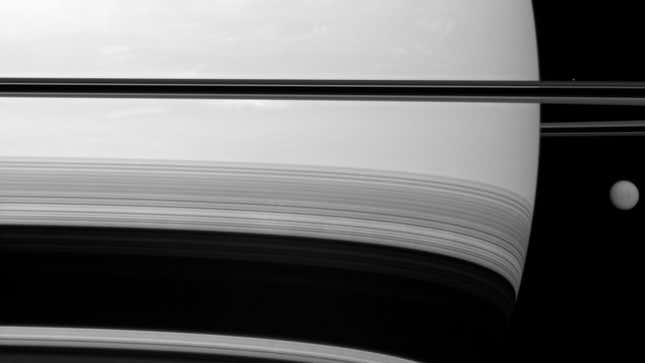
The seaplane is the pinnacle of transportation. Imagine being able to take to the skies from land or water, without having to worry about requiring a landing strip when you reach some far flung, deserted island you’d like to check out. It’s the dream. Now, it appears that NASA holds the same belief, as it just funded a flying boat concept that could study alien lakes.
In the last round of funding in NASA’s Innovative Advanced Concepts (NIAC) program, the American space agency backed a new kind of exploratory drone that could one day reveal the secrets to alien planets. But, instead of creating yet another cutesy car or a new quadcopter to explore new worlds, NASA’s next exploratory drone could look like a retro seaplane, according to Autoevolution.
The TitanAir project was devised by aerospace technology firm Planet Enterprises. The startup, which was founded in 2002, previously devised a concept for remote deep drilling on other planets, so that NASA doesn’t need to go to the effort of training oil riggers to become astronauts one day.
Now, the company has devised a drone that looks a lot like a vintage seaplane, which is to say that it’s freaking awesome.

Devised by Planet Enterprises researcher Quinn Morley, TitanAir is a pilotless drone that could one day fly through the atmosphere of Saturn’s largest moon, Titan. Then, it could land on the lakes found on the alien world and collect liquid samples for scientists to study.
But, because this is a far off moon, the liquid it collects won’t be water. Instead, the moon of Saturn is covered in lakes of liquid methane and clouds of methane gas.
To collect samples, the wings of the seaplane are covered with tiny holes along the leading edge. These holes can “drink in” liquid methane that condenses from the clouds on Titan, or from the lakes scattered across the moon. According to Planet Enterprises:
“Once liquid is inside the wing, it could be collected into a continuous fluid stream via several competing methods, including one that uses biomimicry of water-collecting cacti on Earth. Another method uses a flexible membrane, and a third uses channels etched into the skin. The liquid will then be analyzed with science instruments, and the data transmitted back to Earth between flights.”
The NIAC award means that further research into the craft’s innovative means of collecting liquid samples on other worlds can ramp up a gear. Autoevolution reports that Morley and his team are working on a microgravity experiment that would attempt to prove the effectiveness of this method of sample collection.

Once this method of sample collection has proven successful, researchers will then work at implementing it into a craft such as the one in the render above. They will also have to figure out where such samples should be analyzed.
Should this be done onboard, in which case the seaplane will need to be packed with scientific equipment in its body, or could the collected specimens be flown somewhere else for analysis?
